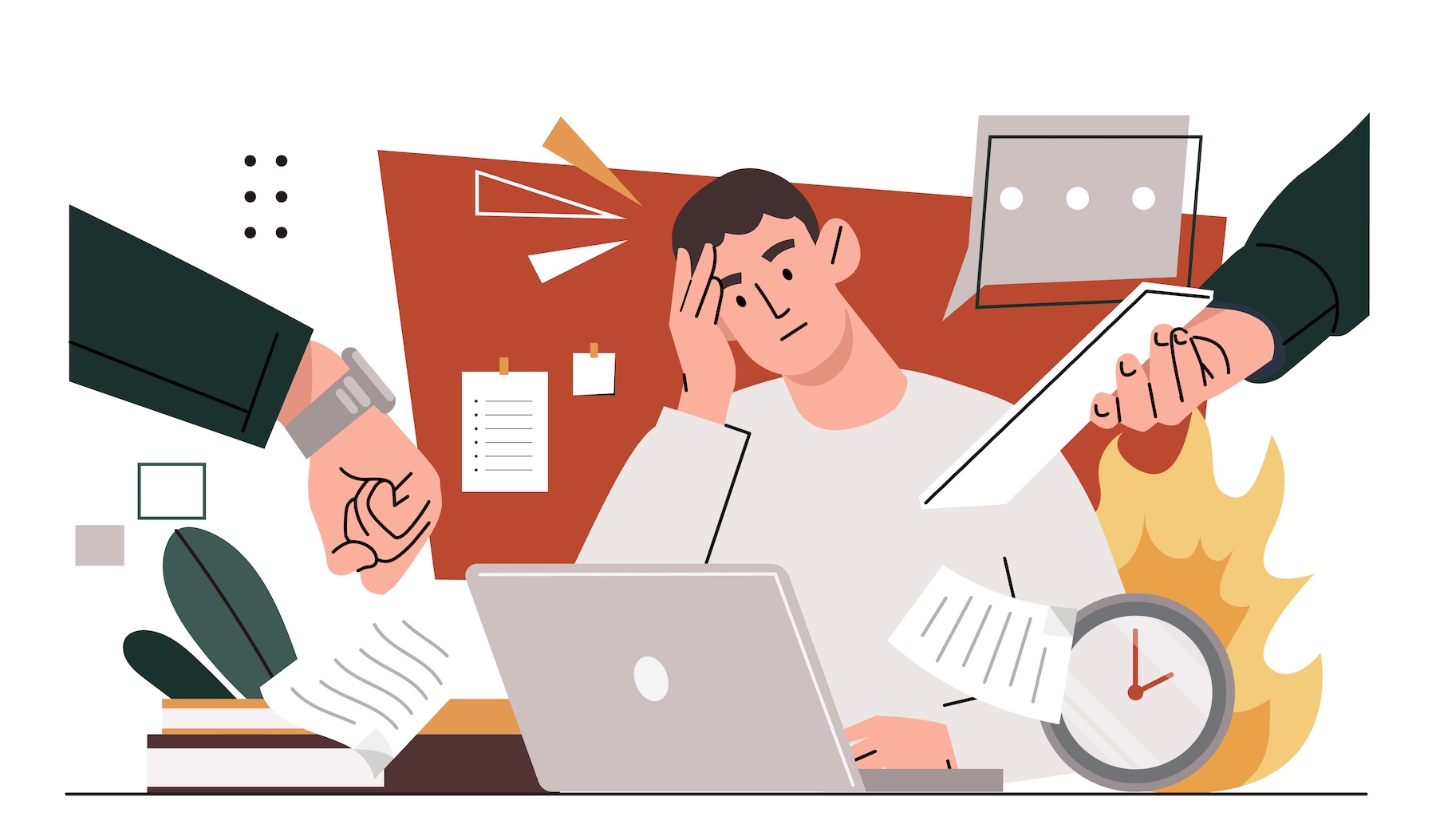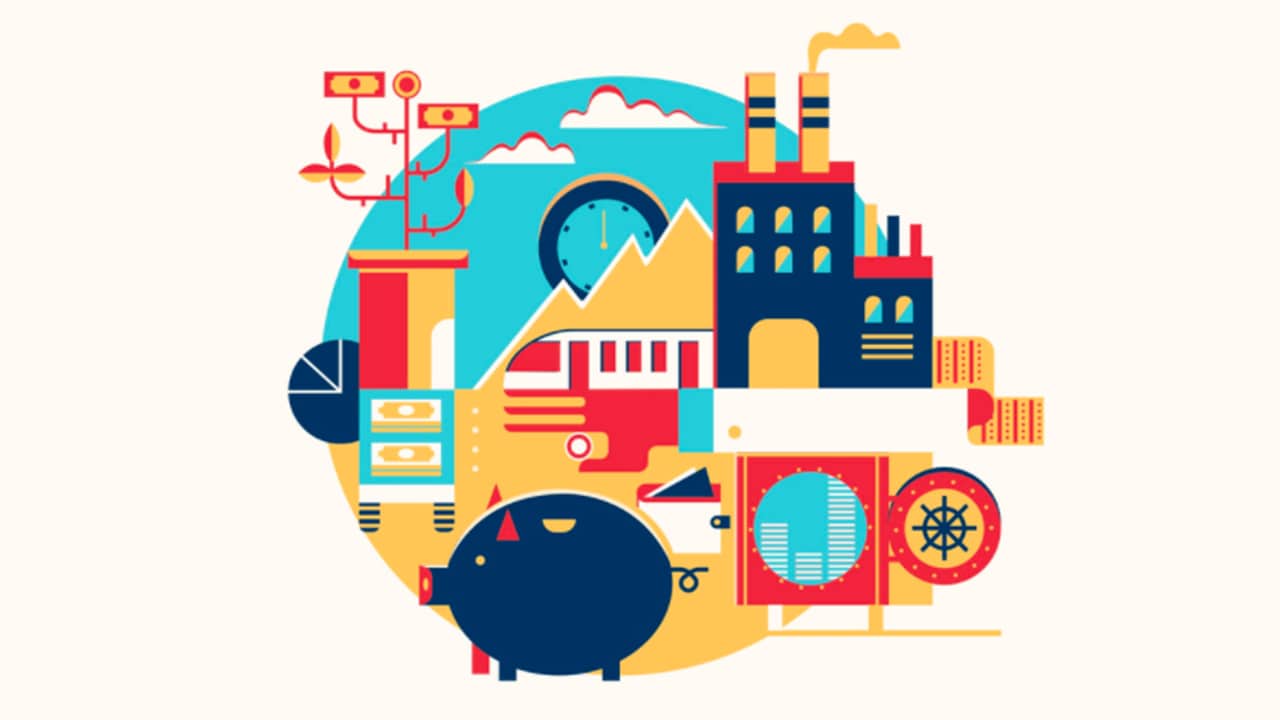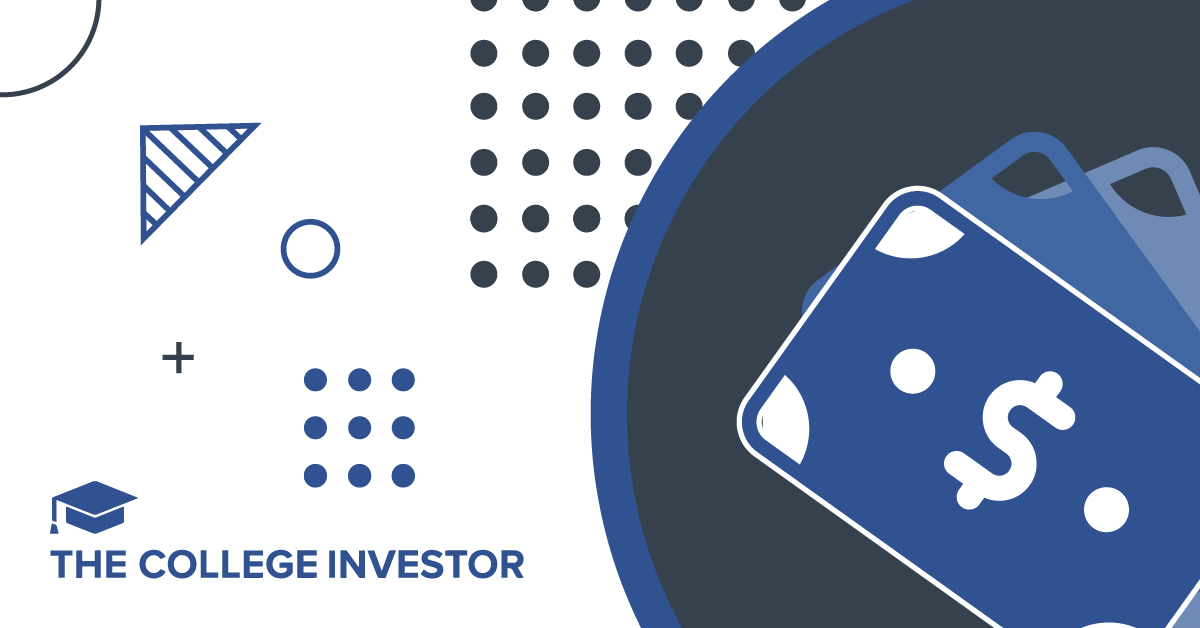Should You Wait For PSLF Buyback Or Switch Out Of SAVE Now?


For public service workers inching toward loan forgiveness, timing matters. Borrowers stuck in the SAVE forbearance who submitted PSLF Buyback requests may now be facing wait times of half a year or more. According to the latest Department of Education data, the number of PSLF Buyback requests pending swelled to nearly 59,000 in May, while fewer than 3,500 were processed that month.
While the Buyback option can retroactively count previously ineligible forbearance periods, the timeline creates a difficult choice:
If you are fewer than six payments from the 120-payment finish line, switching could be faster. By doing so, you may be able to complete your forgiveness this year if they resume active payments and avoid the Buyback backlog entirely, since it appears the normal PSLF approval process is going fairly quickly.
So, what should you do? Here are some thoughts.
The current court injunction blocking portions of the SAVE plan has limited forgiveness under several IDR plans, including PAYE and ICR. But those same plans still count toward PSLF, and that has kept the door open for borrowers to switch without losing progress toward public service forgiveness.
Still, switching out of SAVE is tricky. While the new online IDR application is generally processing things quickly (3-7 days for most borrowers), we’re also hearing stories from people who are taking weeks still.
Borrowers considering a switch must be sure their loans are eligible, their payment history is documented, and they understand how the repayment plan they choose will calculate monthly amounts. For many, IBR payments are higher than under SAVE. But even if they payments are higher, it may mean the difference between forgiveness in months versus waiting indefinitely.
If you’re between one and nine payments away from PSLF, now is the time to decide if buyback is worth the wait, or if you should switch. Here are some scenarios where switching makes sense:
That last option, the Standard plan, isn’t ideal for most. Payments tend to be much higher, which could stretch budgets or cause borrowers to pause. But for some, the faster track to forgiveness may outweigh the financial pinch.
If you’re well beyond 120 because prior forbearance periods qualify, I wouldn’t switch. Buyback is still likely your friend, even if the wait is frustrating. This is even more important if your past “buyback eligible payments” would be at a lower monthly payment than your income supports today.
But if you’re stuck at 114 or 115 payments, the months of delay may mean it’s time to start a new strategy.
Legal and administrative delays have made 2025 an unusually difficult year for borrowers managing PSLF. Those trying to navigate SAVE, buybacks, and plan switches face uncertain rules and slow communication.
The uncertainty around SAVE will loom through the next few months, and most scenarios point to a 2026 resumption of payments. But just because payment resume, doesn’t mean that buyback processing will be any faster. The backlog appears to keep growing.
Until then, borrowers need to weigh time against certainty. If every month counts, it may be worth re-evaluating whether waiting for a Buyback is still the best plan. Remember, you’re either going to write a check for PSLF buyback, or write a check for payments you’ll resume making (assuming your income is the same as it has been).
If you’re tired of waiting, returning to the “regular PSLF” process might make the most sense.
Don’t Miss These Other Stories:

Fear – it’s the number one thing holding people back from investing in the stock market. It’s crazy how much...

When I read The Millionaire Next Door by William Stanley, I was amazed at how many millionaires lived in plain...

Getting an inheritance is the epitome of a mixed blessing. You receive a financial windfall, but the cause is the...